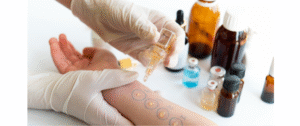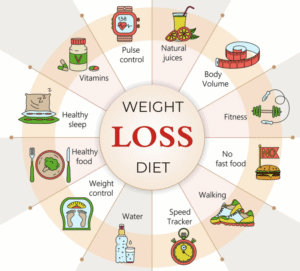
How Does Drug Resistance Develop in human body?
How Does Drug Resistance Develop in human body? Drug resistance is one of the most significant challenges
modern medicine faces today. As the effectiveness of our
treatments dwindles, we’re left wondering how we got here.
How Does Drug Resistance Develop? Let’s break it down: how does drug resistance develop, and what can we do
to prevent it from spiraling out of control?
Understanding Drug Resistance
How Does Drug Resistance Develop in human body
Before diving into the specifics, let’s first understand what drug resistance is all about.
When medications that were once effective no longer work, it’s usually because the targeted organisms—bacteria,
viruses, fungi—have evolved. But how does this happen?
What is Drug Resistance?
Drug resistance occurs when disease-causing organisms no longer respond to drugs that were previously able to
kill or inhibit them.
It’s like trying to swat a fly with a book, but the fly somehow gets stronger and faster with every swing!
Common Causes of Drug Resistance
There are several reasons why drug resistance develops, and most of them have to do with human behavior.
Let’s look at the top causes that fuel this global crisis.

Overuse of Medications
How Does Drug Resistance Develop in human body?
The more frequently a drug is used, the greater the chance that resistance will develop. Overprescribing antibiotics,
for example, provides bacteria ample opportunities to adapt.
Misuse of Antibiotics
Antibiotics are for bacterial infections, not viral ones. But many people take them for colds or the flu, inadvertently
encouraging resistance by using these drugs improperly.
Incomplete Treatment Cycles
Ever stop taking medication halfway through because you felt better? This can leave some of the infectious
organisms alive, giving them the chance to mutate and become resistant
Mechanisms Behind Drug Resistance
How Does Drug Resistance Develop in human body?
Now, let’s look at what’s happening on a microscopic level. How do bacteria, viruses, and other pathogens resist
the drugs we throw at them?
Genetic Mutations
Sometimes, resistance develops simply due to random genetic mutations in pathogens. These changes can help the
organism survive in the presence of a drug that would otherwise kill it.
Horizontal Gene Transfer
Bacteria can share resistant traits with each other, like passing cheat codes among friends in a video game.
This horizontal gene transfer allows them to rapidly develop resistance.

Types of Drug Resistance
Drug resistance isn’t limited to just one type of drug. How Does Drug Resistance Develop in human body?
It affects antibiotics, antivirals, and even antifungal medications. Here’s a closer look at each.
Antibiotic Resistance
One of the most well-known types of drug resistance, antibiotic resistance occurs when bacteria adapt to
antibiotics, making infections harder to treat.
Common culprits include MRSA and tuberculosis.
Antiviral Resistance
Viruses, like HIV and influenza, can also develop resistance to antiviral drugs.
This complicates treatment and prevention strategies.
Antifungal Resistance
Fungal infections, particularly in immunocompromised individuals, can be life-threatening when antifungal
resistance develops. Candida auris is one such example.
Real-World Impact of Drug Resistance
The implications of drug resistance are vast, affecting not only individuals but also entire healthcare systems and
economies. Let’s explore the real-world consequences.
The Healthcare Crisis
Drug resistance has turned once-easily treatable infections into life-threatening conditions, leading to longer
hospital stays, more intensive care, and even deaths.
Economic Burden
The cost of fighting drug-resistant infections is staggering.
Not only do patients face higher medical bills, but healthcare systems are also under financial strain as they try to
manage these resistant infections.
Strategies to Combat Drug Resistance
So, what can we do to tackle drug resistance? Fortunately, there are several strategies that can help us curb this
problem.
New Drug Development
Researchers are working on creating new classes of drugs that pathogens haven’t encountered yet.
It’s a constant arms race between us and the bugs.
Improved Diagnostic Tools
Early detection of resistant infections allows for more targeted treatment, reducing the misuse of broad-spectrum
drugs. Faster, more accurate diagnostics are key.
Public Awareness and Education
Education is crucial. The public needs to understand the dangers of misusing medications and how they can
contribute to resistance. Awareness campaigns can make a huge difference.
Conclusion
Drug resistance is a growing threat, but it’s not unstoppable. With better practices, innovative research, and greater
public awareness, we can prevent this crisis from worsening. It’s a team effort—one where every action counts!






Your ability to blend thought-provoking ideas with evocative language is truly remarkable. Every sentence seems to unlock a new door to understanding, leading the reader to a richer, fuller interpretation of the world around them. It’s rare to come across writing that does more than just tell a story — your words create entire worlds, and I found myself lost in them, not wanting to leave.
thanks
Hiiii)) I smile from them